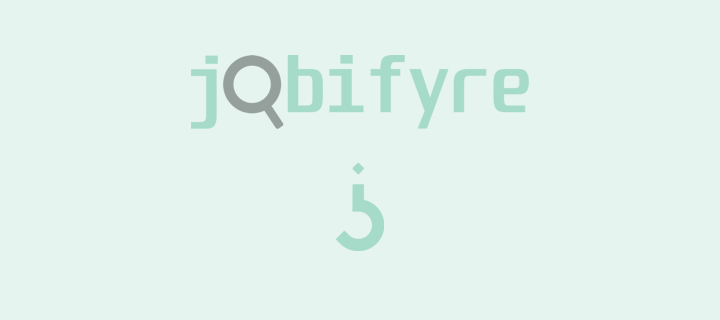The Role of Feedback in Student Development

Effective feedback is one of the most powerful tools teachers can use to support student growth. When delivered correctly, it guides, motivates, and strengthens learning.
Feedback is essential for student development because it bridges the gap between current performance and desired learning outcomes. It helps learners understand what they are doing well, where they can improve, and how to move forward with confidence. When feedback is constructive and timely, it becomes a catalyst for meaningful growth.
Why Feedback Matters
Feedback provides clarity and direction. Students often want to improve but may not know exactly how. Effective feedback allows them to:
-
Identify strengths and weaknesses
-
Correct misunderstandings
-
Develop self-awareness
-
Stay motivated and engaged
-
Build better learning habits
When students know what they’re doing right and what needs refinement, they can adjust their approach and learn more effectively.
Types of Feedback
Teachers can use different types of feedback depending on the situation and student needs.
-
Formative Feedback: Given during learning to guide improvement
-
Summative Feedback: Provided after assessment to reflect performance
-
Descriptive Feedback: Focuses on specific actions, not judgment
-
Peer Feedback: Allows students to learn collaboratively
-
Self-Assessment: Helps students evaluate their own progress
Each form plays a unique role in shaping learning behavior.
Qualities of Effective Feedback
For feedback to truly help students, it should be:
-
Timely: Given soon after the task
-
Specific: Clear about what was good or needs improvement
-
Actionable: Offers guidance on next steps
-
Objective: Based on learning goals, not personal opinion
-
Encouraging: Motivates students rather than discouraging them
These qualities ensure students understand the message and stay committed to growth.
How to Deliver Better Feedback
Teachers can follow practical strategies to enhance the impact of their feedback:
-
Focus on behavior, not the student
-
Use simple and clear language
-
Highlight one or two key improvements at a time
-
Balance positives with constructive suggestions
-
Invite the student to reflect and respond
-
Set follow-up goals to measure progress
This approach makes feedback meaningful, supportive, and aligned with learning objectives.
The Student’s Role in Feedback
Feedback becomes most effective when students actively engage with it. They should learn to:
-
Ask questions to clarify points
-
Reflect on comments and link them to learning goals
-
Apply feedback in future work
-
Track their improvements
Teaching students how to use feedback helps them develop independence and responsibility for their own learning.
Conclusion
Feedback is more than just comments on a task it’s a vital part of the learning process. When used thoughtfully, it empowers students to grow academically and personally. The right feedback strategy fosters stronger skills, deeper understanding, and a mindset focused on continuous improvement.
